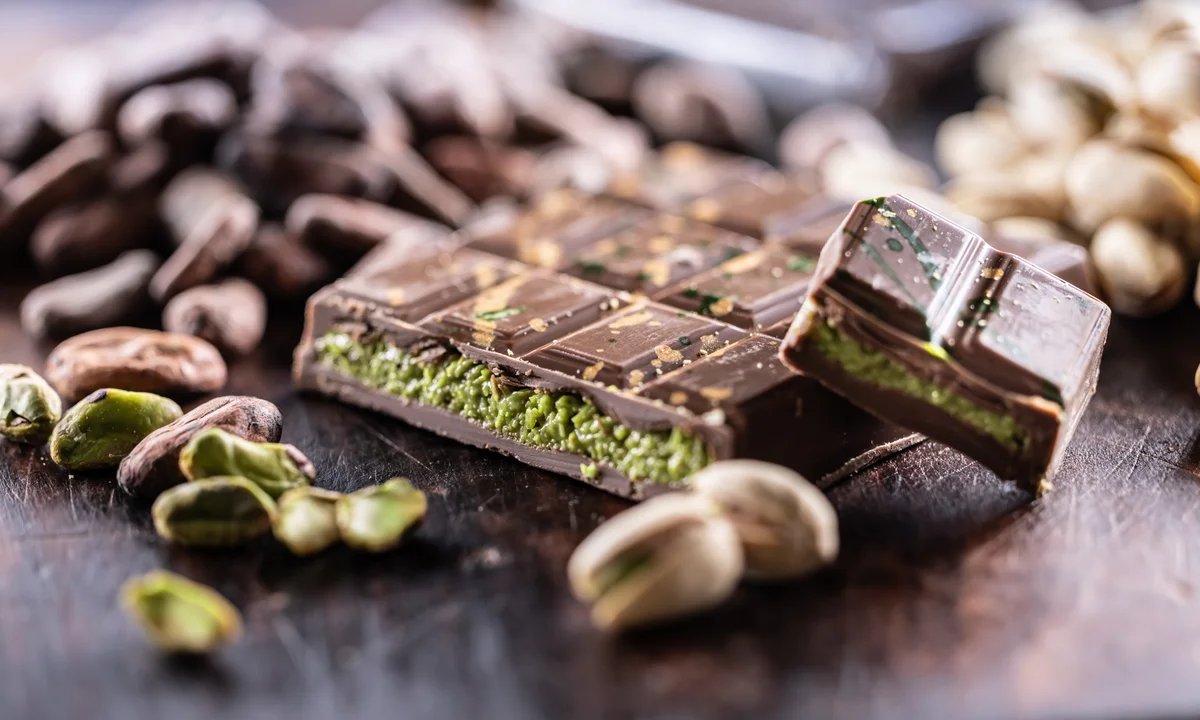
Dubai is famed for its blazing sun, intense heat, high humidity, and dramatic temperature swings. These conditions create a real challenge for anyone dealing with delicate foods, especially chocolate. When working in the world of Dubai Chocolate Wholesale, understanding how climate impacts storage, shelf life, flavor, and texture is essential. A misstep in temperature or humidity control can cost reputation, spoil product lines, or lead to customer complaints. Let’s explore why Dubai’s climate is harsh on chocolate, what goes wrong, and how to manage it effectively for wholesale-quality results.
Dubai’s environment is extreme. Summer daytime highs commonly exceed 40°C, and humidity, especially near coastal areas, can push moisture levels high. Nights may bring some relief, but buildings often retain heat, and interiors may still run warm.
Chocolate is notoriously temperature-sensitive. Cocoa butter, the fat component in chocolate, starts to soften around 28°C and can fully melt above 32–35°C. According to guidance on chocolate warehousing, optimal storage temperatures are between 12°C and 20°C, ideally in the 16°C–20°C range to maintain structural integrity and prevent fat or sugar migration.
Humidity is almost as dangerous. High ambient moisture can lead to sugar bloom (sugar crystals rising to the surface) or fat bloom (fat migrating to the surface), both of which mar appearance and mouthfeel. Analysis by Les Bonbons for Dubai climates warns that improper storage in heat and humidity can cause “white or grayish streaks” and dull the chocolate’s appearance.
Sunlight and UV exposure also degrade chocolate; light breaks down cocoa compounds and can accelerate oxidation. So even if temperature control is perfect, exposure to direct or strong ambient light can reduce shelf life.
Because Dubai Chocolate often integrates delicate fillings (pistachio cream, tahini, crispy kunafa pastry), the risks are higher than for plain chocolate bars. Some of the specific effects:
• Oil Separation & Rancidity: Pistachio and sesame oils used in fillings can separate or become rancid under heat stress, altering flavor profiles. Observers note that high temperatures can cause tahini and nut oils to destabilize.
• Texture Loss: The signature crunch of the kataifi (crispy pastry) layer can soften if humidity or heat infiltrates.
• Flavor Dampening: Volatile aromatic compounds can degrade under heat, causing loss of nuance.
• Bloom (Sugar or Fat): As stated above, bloom affects appearance and leads to a gritty or chalky mouthfeel.
• Moisture Infiltration: In humid environments, moisture can seep in, especially if packaging is not airtight, leading to stickiness or microbial risks in extreme cases.
To preserve quality while operating a Dubai Chocolate Wholesale business, or just for your own stock, you must adopt rigorous storage practices:
Aim for 16 °C–20 °C and < 50% relative humidity. Use climate-controlled rooms or insulated cold-storage units.
Multi-layer, light-blocking, airtight packaging helps buffer against external conditions.
Store chocolate away from windows, ovens, or other heat sources.
Sudden changes (e.g. taking from cold storage into hot air) encourage condensation and bloom.
Only refrigerate if absolutely necessary (e.g. when ambient temp exceeds 24–25 °C). Always use airtight containers and allow gradual acclimatization to room temp before opening.
Chocolate absorbs odors easily. Keep it separate from pungent materials and use good air circulation.
Use temperature/humidity sensors and track any fluctuations or deviations.
Wholesale operations shipping internationally often use insulated thermal packaging, cold packs, or phase-change materials to maintain integrity in transit. Distributors handling Dubai Chocolate Wholesale shipments frequently incorporate such measures, especially when crossing hot zones or extended routes.
When exporting or distributing chocolate from Dubai, packaging strategy is just as critical as storage. Wholesalers typically:
• Use insulated boxes, thermal liners, or gel packs.
• Ship via air freight when possible to reduce transit time.
• Include temperature indicators or data loggers inside shipments to track exposure.
• Time dispatch for cooler parts of the day or week to avoid shipping in extreme midday heat.
These steps help ensure that when your chocolate reaches retailers or customers, it remains intact, visually appealing, and delicious.
For a brand in Dubai Chocolate Wholesale, managing climate effects successfully is not just operational; it’s a marketing and quality assurance point. Clients (hotels, retailers, cafés) expect pristine chocolate: no bloom, full snap, crisp texture. By communicating that your storage and shipping protocols are climate-optimized, you build trust and reduce waste, returns, or complaints.
Including a “Storage & Handling” section on product pages or packaging, explaining ideal conditions and care, can also reduce damage and improve customer satisfaction.
Dubai’s climate presents formidable challenges to chocolate handling. Heat, humidity, sunlight, and temperature swings can degrade texture, flavors, aesthetics, and shelf life, particularly for filled or layered products like Dubai Chocolate. But these risks can be mitigated by proper climate-controlled storage, cautious packaging, limited temperature fluctuations, and smart shipping strategies.
When running a Dubai Chocolate Wholesale operation, mastering these climate-control steps is a key differentiator. It ensures the chocolate your customers receive is just as luxurious and flawless as when it was freshly made in Dubai.